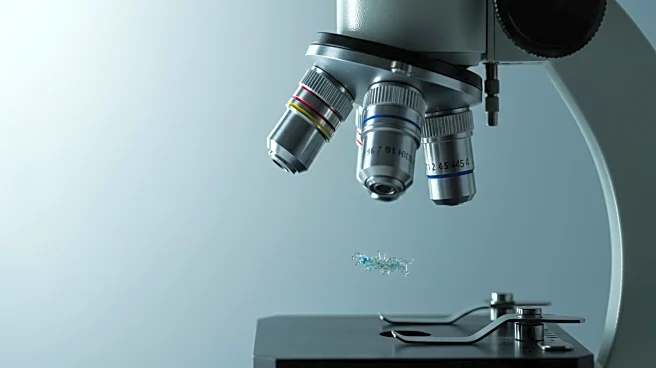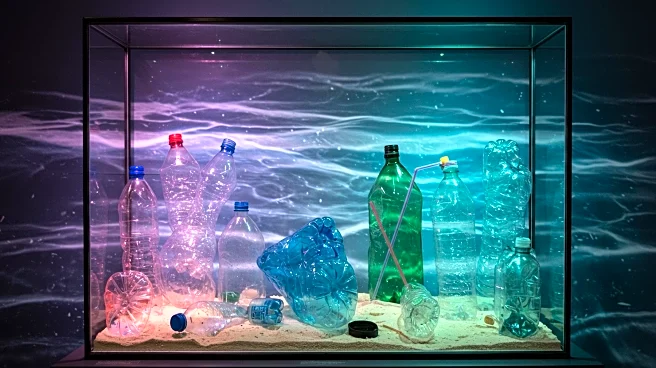Rapid Read • 8 min read
Researchers at Germany's Max Rubner-Institut have developed a new method to detect microplastics in seafood with unprecedented precision. This breakthrough addresses the challenge of varying testing methods for microplastics and nanoplastics, which complicates the assessment of health risks. The team, led by Julia Süssmann, adapted techniques from environmental science for food testing, using enzymes, chemical digestion, and pressure filtration to isolate plastic particles from seafood tissue. They employed fluorescent dye and semiautomated image analysis to differentiate plastic from natural particles, such as shrimp shells, and measure particle size and shape. This method also confirmed microplastic contamination in other foods like milk, meat, eggs, and honey.
AD
Microplastic contamination poses a significant threat to marine life, wildlife, and human health. The new detection method could lead to stricter food safety regulations and increased consumer transparency. Understanding exposure levels is crucial for assessing health risks and could drive efforts to reduce single-use plastics. The research highlights the broader environmental impact of plastic production, which contributes to climate change and air pollution. As scientists continue to study health risks, this advancement underscores the need for sustainable practices and policies to mitigate plastic pollution.
The development of this detection method may prompt regulatory bodies to implement tighter food safety standards. It could also encourage food producers to adopt more sustainable practices and reduce plastic usage. As research progresses, further studies may explore the health implications of microplastic exposure, potentially influencing public health policies. The findings may also inspire innovations in plastic alternatives and recycling technologies, contributing to a more sustainable future.
The ethical implications of microplastic contamination extend beyond health risks, raising questions about environmental justice and the responsibility of industries to minimize pollution. The research may spark discussions on the cultural shift needed to reduce reliance on plastics and promote sustainable consumption. Long-term, this could lead to significant changes in consumer behavior and industry practices, fostering a more environmentally conscious society.
AD
More Stories You Might Enjoy












